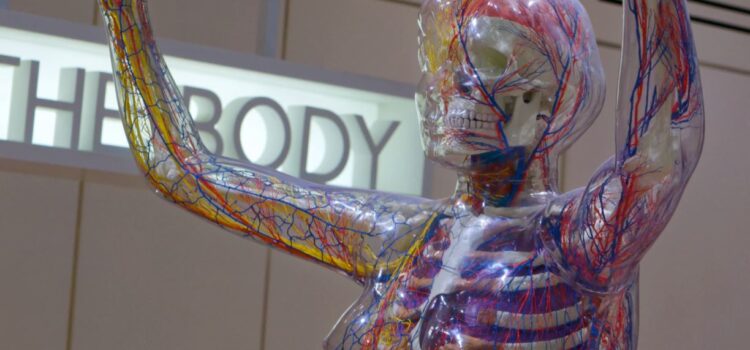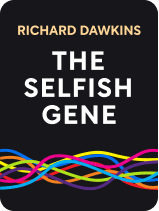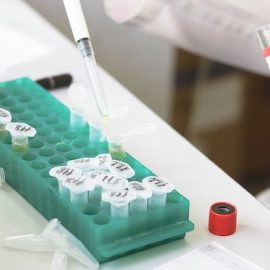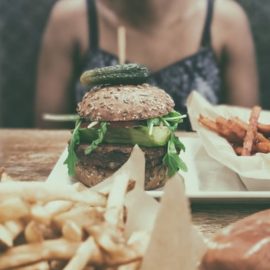

This article is an excerpt from the Shortform book guide to "The Selfish Gene" by Richard Dawkins. Shortform has the world's best summaries and analyses of books you should be reading.
Like this article? Sign up for a free trial here .
What does it mean to be a survival machine? How are animals, including humans, designed for survival?
A survival machine is a term Richard Dawkins uses to describe the way organisms function. In The Selfish Gene, the perspective of the universe focuses on how everything can be explained by the goal of replicating genes.
Keep reading to understand the concept of a survival machine and what that means in the context of genetics.
Each Organism Is a Survival Machine
Everything that we observe in the universe, from genes to organisms to populations, is stable: either long-lived enough or common enough that we think it deserves a name. For example, atoms will naturally arrange themselves in stable configurations because, by definition, anything unstable will keep changing until it’s stable. This is why salt crystals tend to be cubical: Cubes are a stable way to stick a lot of chloride and sodium together. Each quality is just there to ensure that the organism is a survival machine.
Everything from the simplest molecules to the first organisms was created by that same simple process: Unstable things just kept shifting around until they became stable, or a survival machine. In fact, that could be seen as the first type of natural selection: Nature continually rejecting unstable forms until stable ones emerged.
From Replicator Molecule to Man
At some point in the very, very distant past, a molecule that had the ability to replicate itself happened to form. It’s extremely unlikely for such a “replicator” molecule to appear but, when dealing with timeframes of hundreds of millions of years, what humans would consider unlikely is almost bound to happen at some point.
With its only competition being molecules created from atoms that happened to bump together in the right ways, this replicator molecule would have spread extremely quickly (relatively speaking) through the primordial soup of the time. Eventually, though, all the materials that make that molecule would have been used up, which would seem to leave us stuck in a sea of identical molecules with nowhere to go from there.
The reason that didn’t happen is that replication isn’t perfect. Small mistakes can happen. Then, when imperfect copies are made from other imperfect copies, the mistakes add up until you have something completely different from the original. With the massive amounts of time involved in Earth’s early history, it was almost inevitable that such mistakes would happen and build on top of each other.
Some of these molecules were more “successful” than others—that is, they lasted longer, or replicated more quickly or more accurately. The more successful molecules would naturally start to outnumber the less successful ones. A successful molecule is a better survival machine.
Since there was not an infinite amount of material to create new molecules, eventually they would have started competing for it. Molecules that were better able to replicate themselves, or prevent competitors from replicating themselves, would become more numerous while those that were out-competed would decline. This would have been the first instance of competition and evolution.
The mechanisms that these molecules created (still purely by chance) became more and more complex as new changes built on top of previous successes. In fact, this was likely how the first cells formed: Some molecules created protective shells of protein around themselves, which continued to grow bigger and more elaborate as time went on. By this point, the molecules that could continue to exist and replicate were the ones that created complex mechanisms—relatively speaking—to protect themselves.
Now, billions of years later, those first replicators have evolved into every form of life we know today. Consider this: A human is nothing but a highly complex and stable survival machine for those ancient replicator molecules.

———End of Preview———
Like what you just read? Read the rest of the world's best book summary and analysis of Richard Dawkins's "The Selfish Gene" at Shortform .
Here's what you'll find in our full The Selfish Gene summary :
- Why organisms don't matter, only genes do
- How all life forms begin with a replicating molecule
- How species need to balance aggression and pacifism to survive






